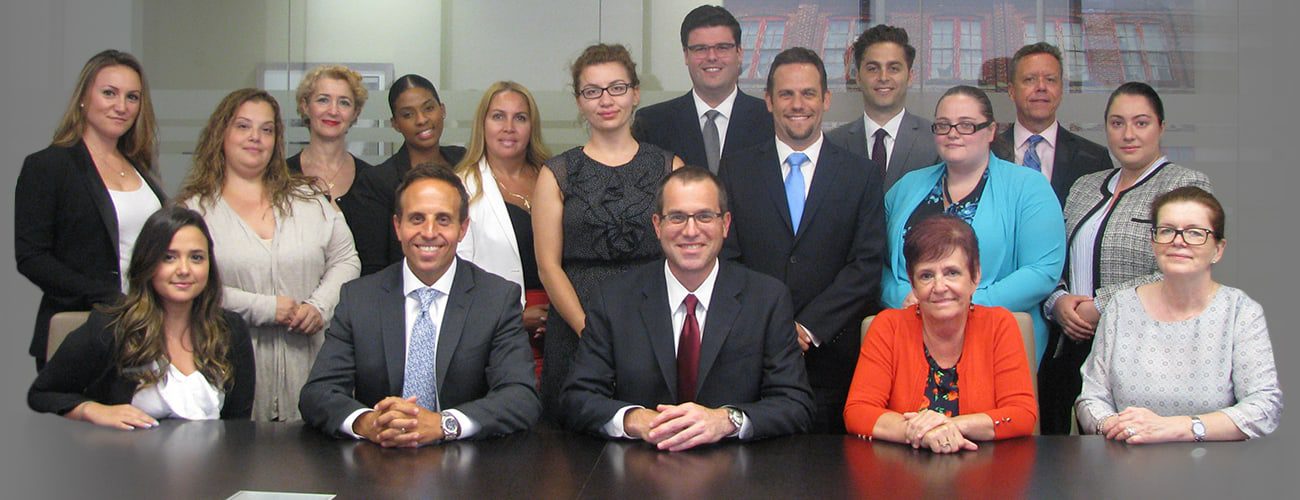Under the lip of the kitchen sink. In the corners of the shower. Around the base of the bathroom sink faucet. Then there are always the science experiments in the back of the refrigerator. These are common areas of mold growth. Mold can be a good thing, like penicillium that produces the antibiotic penicillin. But too much penicillium, or aspergillum, or cladosporium can result in black mold that can endanger a person’s health. The Environmental Protection Agency (EPA) warns that mold exposure can cause “allergic reactions, asthma, and other respiratory complaints.”
Mold in New York
Molds are prevalent in moist areas. If there are leaks in pipes or a roof, that can be enough create the right conditions for mold growth. Richard Fields saw mold in his apartment in August 2003. He went to the hospital in September 2003 for headaches and nosebleeds. He told the doctor he had mold in his apartment and the doctor said the mold could cause his symptoms. Fields filed suit in January 2006 for mold exposure against the Lambert Houses Redevelopment Corp, the owner and manager of Fields’ apartment building. Fields amended his complaint to add estimated medical expenses.
At his deposition, Fields testified he saw mold in his apartment in January 2003 and sought treatment for exposure in February 2003. Lambert Houses Redevelopment Corp. moved for summary judgment to dismiss the complaint claiming Fields’ claims were time-barred. Fields opposed the summary judgment motion, submitting his hospital records showing he had visited the hospital in February 2003, but had not sought treatment for mold exposure until September 2003. The court denied the motion for summary judgment stating that it was an issue of fact about whether Fields had timely filed his suit.
Lambert Houses Redevelopment Corp. filed an appeal to the Appellate Division, First Department. The Appellate Court upheld the Supreme Court, Bronx County decision that the timely filing of suit was an issue of fact to be decided at trial.
What to Do About Mold
If there is a leak, the EPA recommends cleaning and drying damp areas within 24-48 hours to prevent mold growth. Hard surfaces can be cleaned with water and detergent and dried completely. Absorbent materials such as ceiling tiles may need to be replaced. The EPA recommends keeping relative indoor humidity to between 30 and 60% and venting moisture-build-up areas such as kitchens and bathrooms to the outdoors.
For individuals sensitive to molds, exposure can cause nasal stuffiness, eye irritation, wheezing, or skin irritations. More serious reactions can include fever and shortness or breath. For individuals “with chronic lung illnesses, such as obstructive lung disease, [they] may develop mold infections in their lungs.”
The New York State Department of Health gives information on molds on their website. The website gives some basic instructions on getting rid of mold. The information was gathered and assessed by the New York State Toxic Mold Task Force set up in 2010. The Task Force recommended improving building codes to prevent and minimize potential water problems in new buildings as well as existing buildings.
If you have found mold in your residence or workplace and have not had a positive response from your landlord or employer to remedy the problem, seek advice from our NYC personal injury attorney to protect yours and your family’s health.
See Related Posts:
Food Poisoning and Possible Legal Recompense
When Are Property Owners Liable for Injuries on Their Property?









